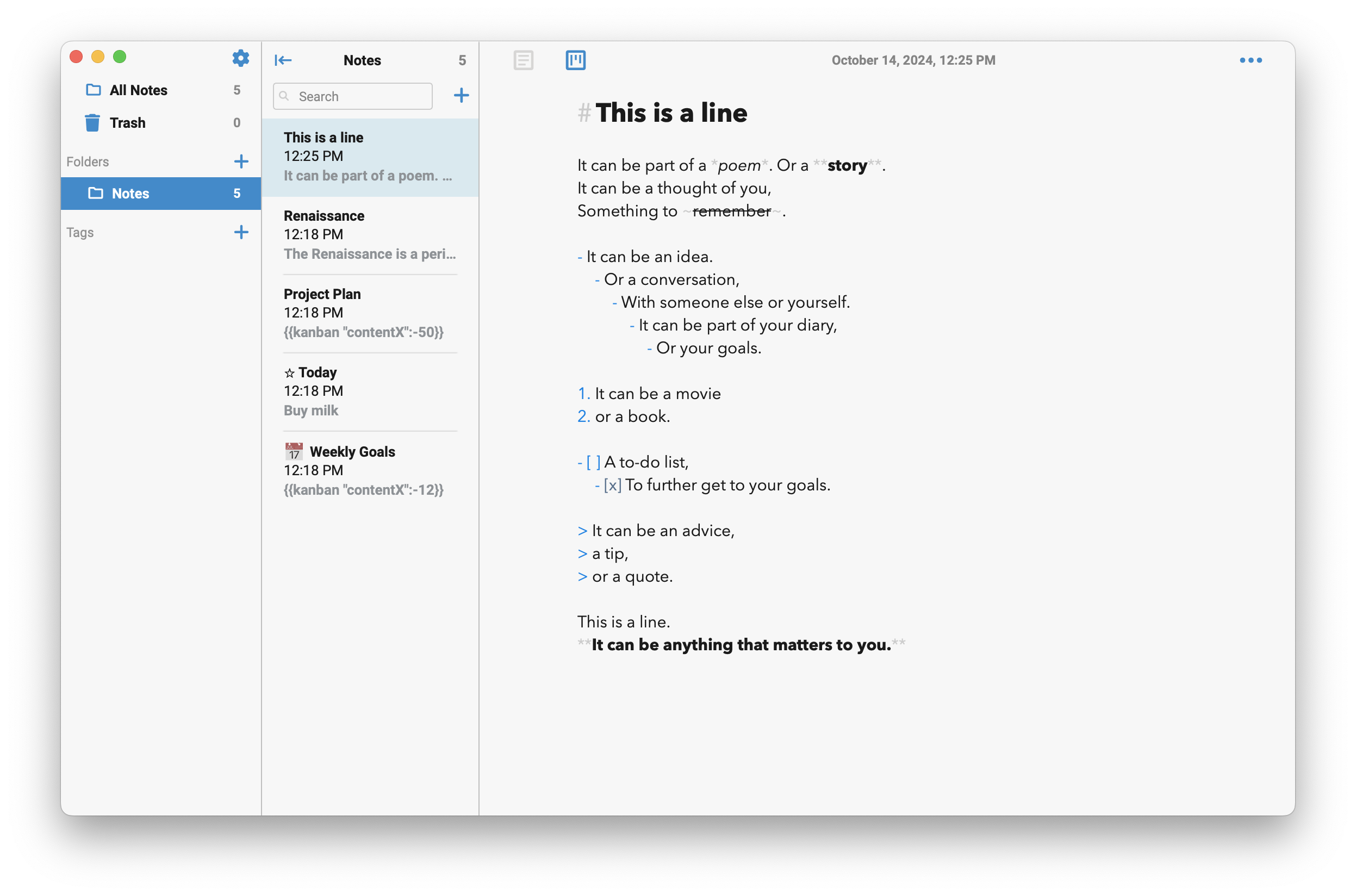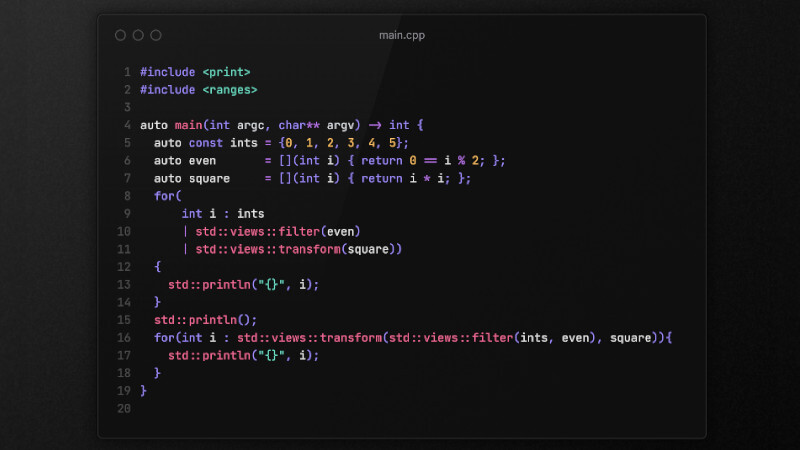
🔊 Nesse vídeo veremos como criar nossa própria classe de vectores similar à do SFML que servirá para reforçarmos nosso conhecimento em Programação Orientada à Objetos bem como diminuir o excesso de código ganhando desempenho nas nossas aplicações. Além de “recriação” do std::cout, estruturas de união e entre outras dicas.
- ✅ Aprenda Desenvolvimento de Games: https://terminalroot.com.br/games
- ✅ Aprenda C++ e Qt: https://terminalroot.com.br/cpp
🎁 Pacote Promocional C++: https://terminalroot.com.br/promo
Assista ao Vídeo
Código feito no vídeo
#include <iostream>
#include <fstream>
template<class T>
class Vector2 {
public:
T x, y;
Vector2(T xin, T yin) : x(xin), y(yin){}
Vector2 operator + (const Vector2& rhs){
return Vector2(x + rhs.x, y + rhs.y);
}
Vector2 operator - (const Vector2& rhs){
return Vector2(x + rhs.x, y + rhs.y);
}
Vector2 operator * (const Vector2& rhs){
return Vector2(x + rhs.x, y + rhs.y);
}
Vector2 operator / (const Vector2& rhs){
return Vector2(x + rhs.x, y + rhs.y);
}
Vector2 operator -= (const Vector2& rhs){
return Vector2(x + rhs.x, y + rhs.y);
}
Vector2 operator *= (const Vector2& rhs){
return Vector2(x + rhs.x, y + rhs.y);
}
Vector2 operator /= (const Vector2& rhs){
return Vector2(x + rhs.x, y + rhs.y);
}
void print(){
std::cout << x << " " << y << '\n';
}
/*void increment(int number){
x += number;
y += number;
}*/
Vector2 & increment(int number){
x += number;
y += number;
return *this;
}
friend std::ostream & operator << (
std::ostream & stream, const Vector2 & v){
return stream << v.x << " " << v.y;
}
};
using Vector2f = Vector2<float>;
using Vector2i = Vector2<int>;
using Vector2u = Vector2<unsigned>;
int main(){
Vector2 v1(1, 2), v2(3, 4);
Vector2f v1f(1.2f, 2.1f), v2f(3.4f, 4.3f);
Vector2i v1i(1, 2), v2i(3, 4);
Vector2u v1u(1, 2), v2u(3, 4);
Vector2 v3 = v1 + v2;
std::cout << "v3.x: " << v3.x << '\n';
std::cout << "v3.y: " << v3.y << '\n';
v3.print();
v3.increment(10)
.increment(5)
.increment(2);
std::cout << v1 << '\n';
return 0;
}
👀 Veja também:
- 🔗 Aprenda a Criar 5 Games com C++ e SFML
- 🔗 Crie facilmente Tabelas no Terminal com C++
- 🔗 Baixe de graça 5 Tilesets para seus games
- 🔗 Desenhe fórmulas matemáticas em ASCII via linha de comando
- 🔗 Baixe de graça 5 modelos de Menus para seus Games





